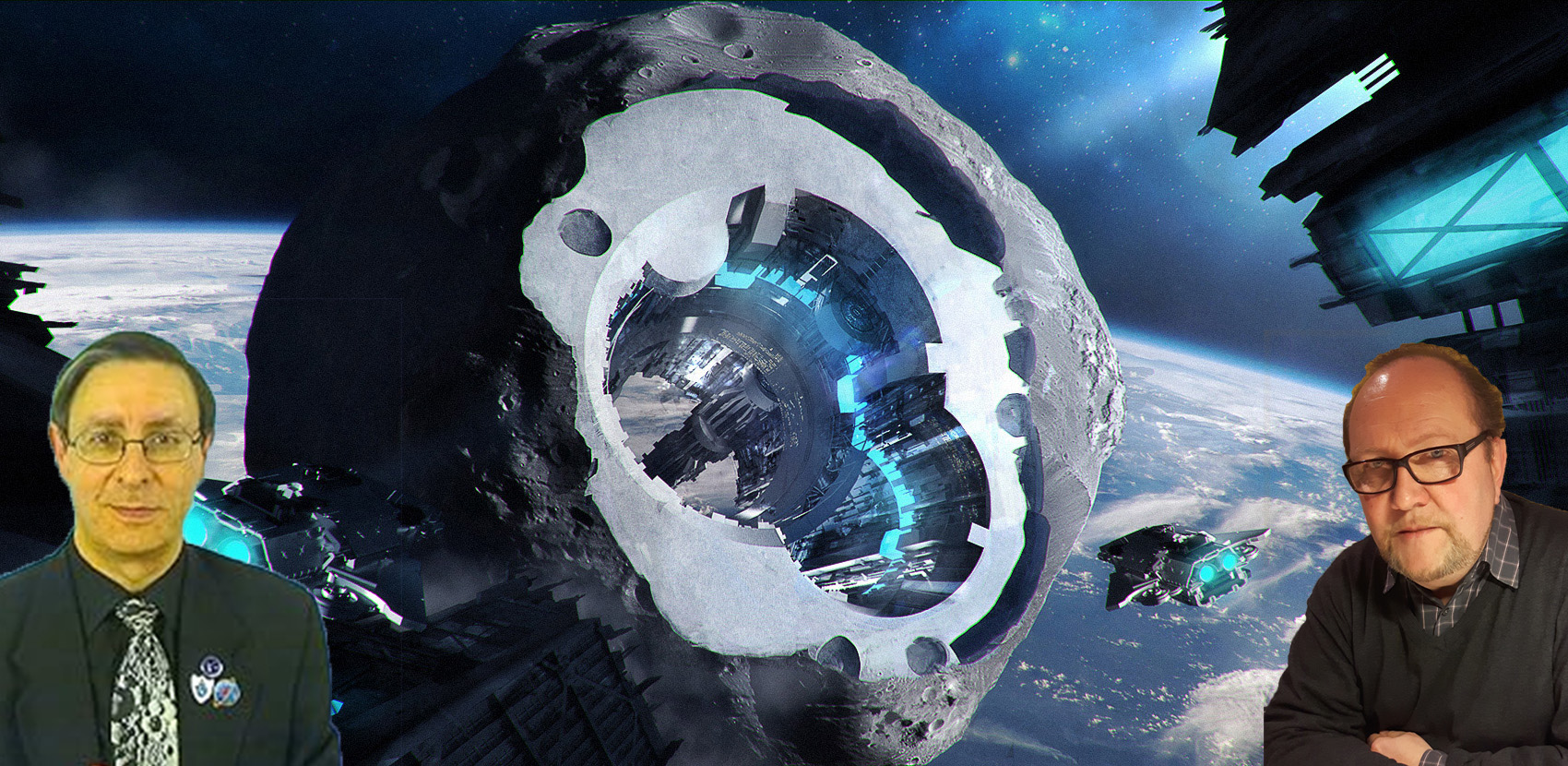
- This event has passed.
SR Academy Space Habitats Committee Webinar

Abstract – AGOS
Living in space in a zero- or low-gravity environment like the Moon or Mars causes danger to human health, such as bone demineralization or muscle atrophy. In the long run space habitats need gravity simulation by rotating around their main axis. The AGOS (Artificial Gravity Orbital Station) project was designed as a rotating space station and a possible successor of the present ISS. The station is built of cylindrical modules and a structural framework. SpaceX Falcon launchers are proposed to transport the modules to Low Earth Orbit. The initial stage 1 of AGOS has a mass of 270 metric tons and a diameter of 102 meters. 24 crew members can live and work in a 0.9 g environment. In the far future, Near Earth Asteroids (NEAs) can be mined to utilize their mineral resources. When the mining process is finished, we can build a rotating habitat inside a hollow asteroid. As an example, we have taken the asteroid 2008EV5 with a diameter of approx. 450 meters. A toroidal structure of 240 m diameter is rotating inside the asteroid´s hull. The stony hull provides shelter against radiation and meteorites. 2,000 inhabitants can live on the inner surface of the torus. Nutrition is provided by vertical farming and aquaculture. In the coming centuries, we can utilize about 10,000 NEAs for mining and use some hundreds of them to carry human habitats.
An essential bio: Werner Grandl
Weerner graduated at the Technical University of Vienna in 1984, as architect and civil engineer. He published several papers on studies for space stations and space colonies, utilization of lunar and asteroid resource.
Abstract – The Development of Island Zero
In the early 1970s, Gerard O’Neil and others developed plans for a large habitat to be constructed in free space that could house 10,000 people. The design – known as Island One – was deliberately restricted to the technology of the time, so that no-one could suggest that it was fantasy due to requiring materials that had not been invented. However, during the next 40 years there had been all kinds of improvements in materials science, engineering, and other areas that could make this program more efficient, so I ran a project at the British Interplanetary Society to re-examine and update the original studies. Construction would not begin with Island One; we’d need to establish a much smaller structure first, to house the personnel that will assemble the facilities for construction. This would demonstrate many of the features of a full settlement but on a much smaller scale, both in size and cost, as a way of showing the viability of some of the ideas behind space habitation. We designated the initial unit as “Island Zero”.
An essential bio: Jerry Stone
I am a Freelance Space Presenter; I run Spaceflight UK and give presentations on a range of topics on astronomy and space exploration all over the UK and abroad. I am a fellow of the British Interplanetary Society and the Royal Astronomical Society. I am also a member of the Board of the Space Renaissance International, and the chair of the Space Habitats Committee. I ran a project at the British Interplanetary Society to re-examine and update the original space habitat studies. This became the SPACE Project – Study Project Advancing Colony Engineering, which also resulted in a new design for what we called “Island Zero”, as described above.
Links
Follow the livestream on the Space Renaissance Youtube channel: https://www.youtube.com/live/V_YKlk9UFIc
Click ‘going’ to the Facebook event: https://www.facebook.com/events/859920138879661/